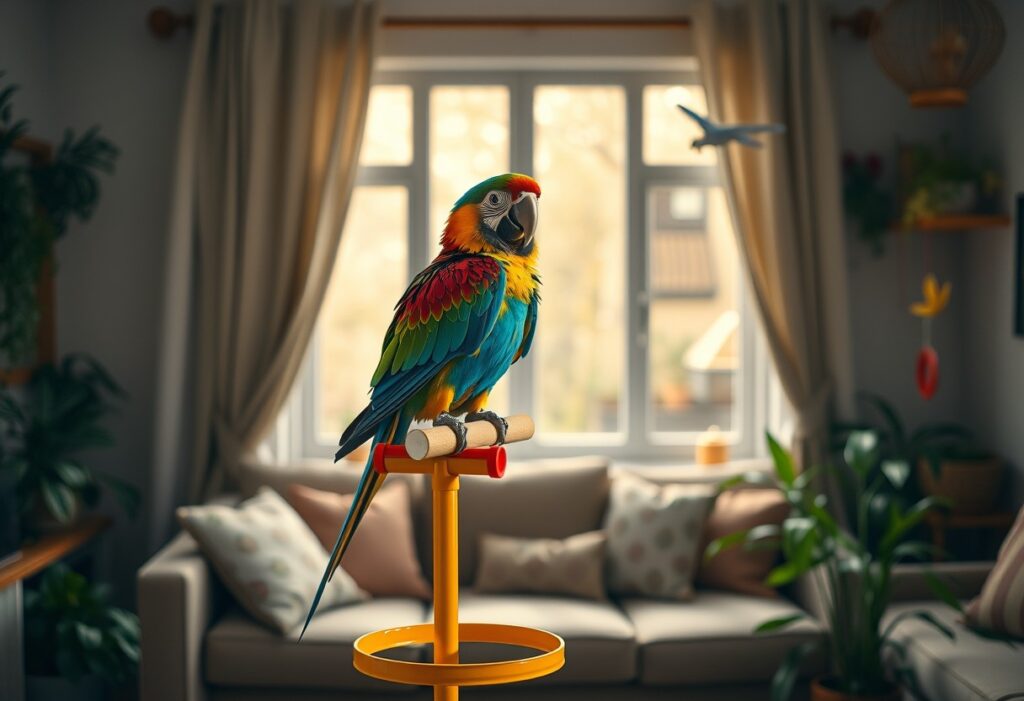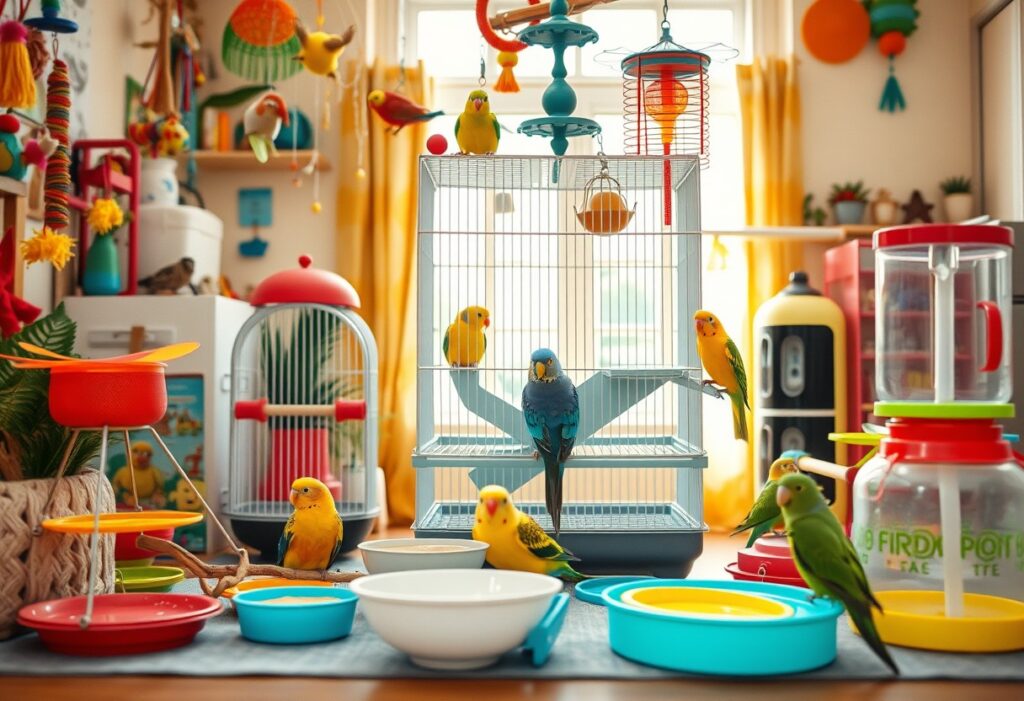Just ensuring that your home is a safe haven for both you and local wildlife is vital, especially when it comes to preventing birds from inadvertently causing damage. By bird-proofing your space, you can protect your property from potential hazards, while also keeping the birds out of harm’s way. In this guide, you’ll learn practical safety tips that enhance your home’s safety and minimize risks associated with bird interactions. Equip yourself with the right knowledge to create a feather-friendly environment without compromising on safety.
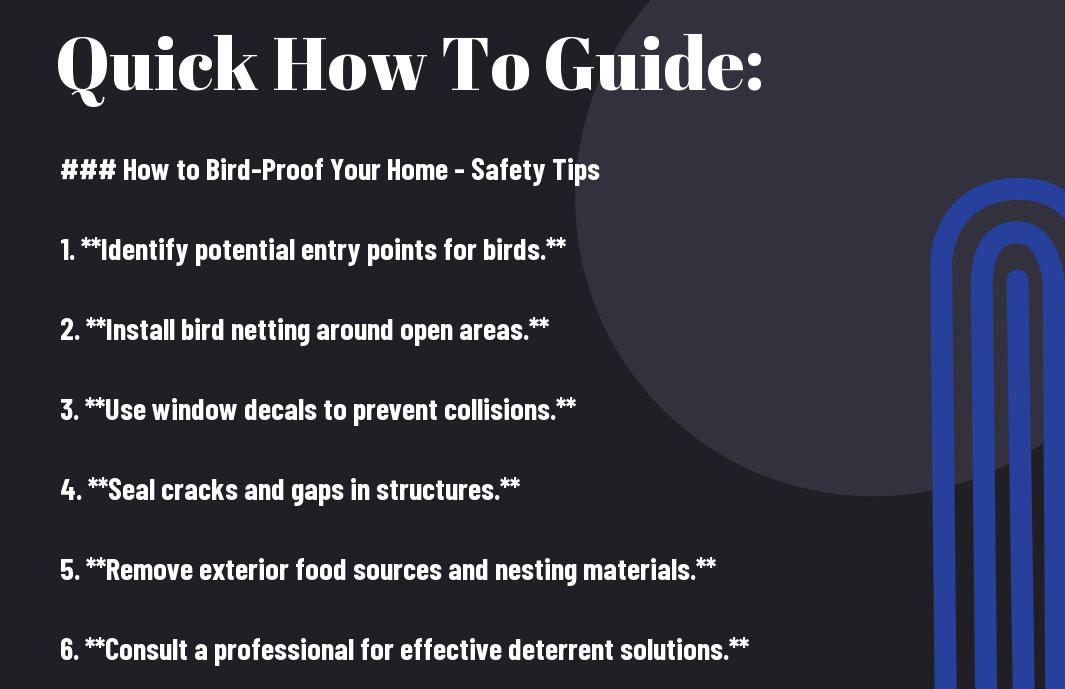
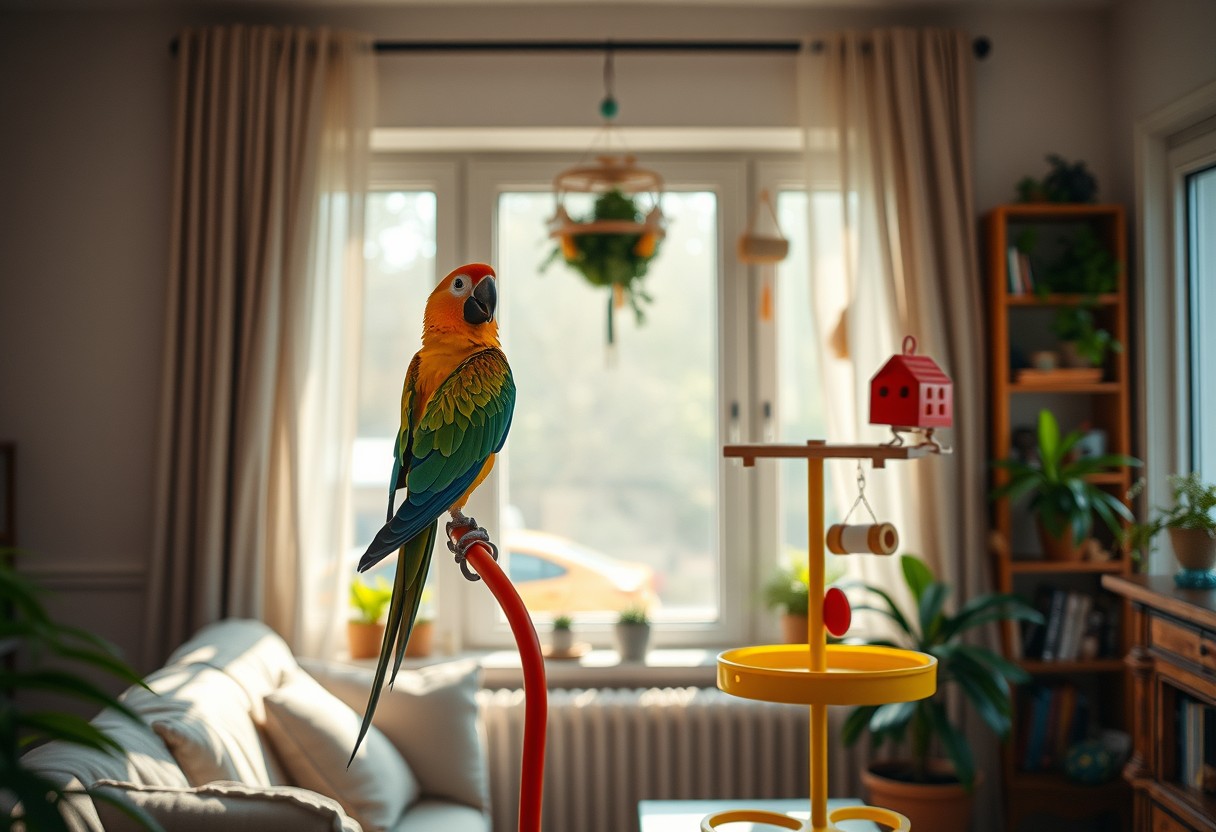
Understanding the Need for Bird-Proofing
To ensure the safety of your home and the well-being of its residents, it’s vital to understand the necessity of bird-proofing. As lovely and enchanting as birds can be, their presence within your living space can lead to potential hazards. From causing damage to your property to spreading disease, it is crucial to recognize that these seemingly harmless creatures can pose significant risks.
The Risks of Birds in Your Home
An unsuspecting bird can quickly turn into a source of concern when they decide to make your home their territory. Their droppings can be hazardous, containing harmful pathogens that may lead to serious health issues, particularly for young children and individuals with compromised immune systems. Additionally, birds often build nests in eaves, vents, and gutters, which can block drainage systems and lead to moisture buildup, resulting in mold and structural damage.
Furthermore, **the risk of injury** also exists; birds are known to exhibit aggressive behavior when defending their nests, posing a threat to pets and even humans. Therefore, it is paramount to be proactive in mitigating these risks and ensuring that your home is protected from the potential dangers posed by uninvited feathered guests.
Common Bird Species That Cause Problems
Birds can be beautiful companions in nature, but when they invade your home, certain species are notorious for causing problems. **Common culprits** include pigeons, starlings, and sparrows. These birds are often attracted to human habitats for food and nesting materials, leading them to settle into roofs, gutters, and even attics.
Understanding the patterns and behaviors of these troublesome birds will help you take appropriate measures to safeguard your home. Pigeons, for instance, are notorious for creating unsightly messes with their droppings and can carry diseases that may affect both humans and pets. **Starlings**, on the other hand, can be very aggressive when nesting, outcompeting other birds for resources and causing disruption in your surroundings. Lastly, **sparrows** often invade homes to build nests in eaves and crevices, leading to potential fire hazards when materials come into contact with electrical wires. By becoming familiar with these species, you can better prepare to protect your property and maintain a healthy living environment.
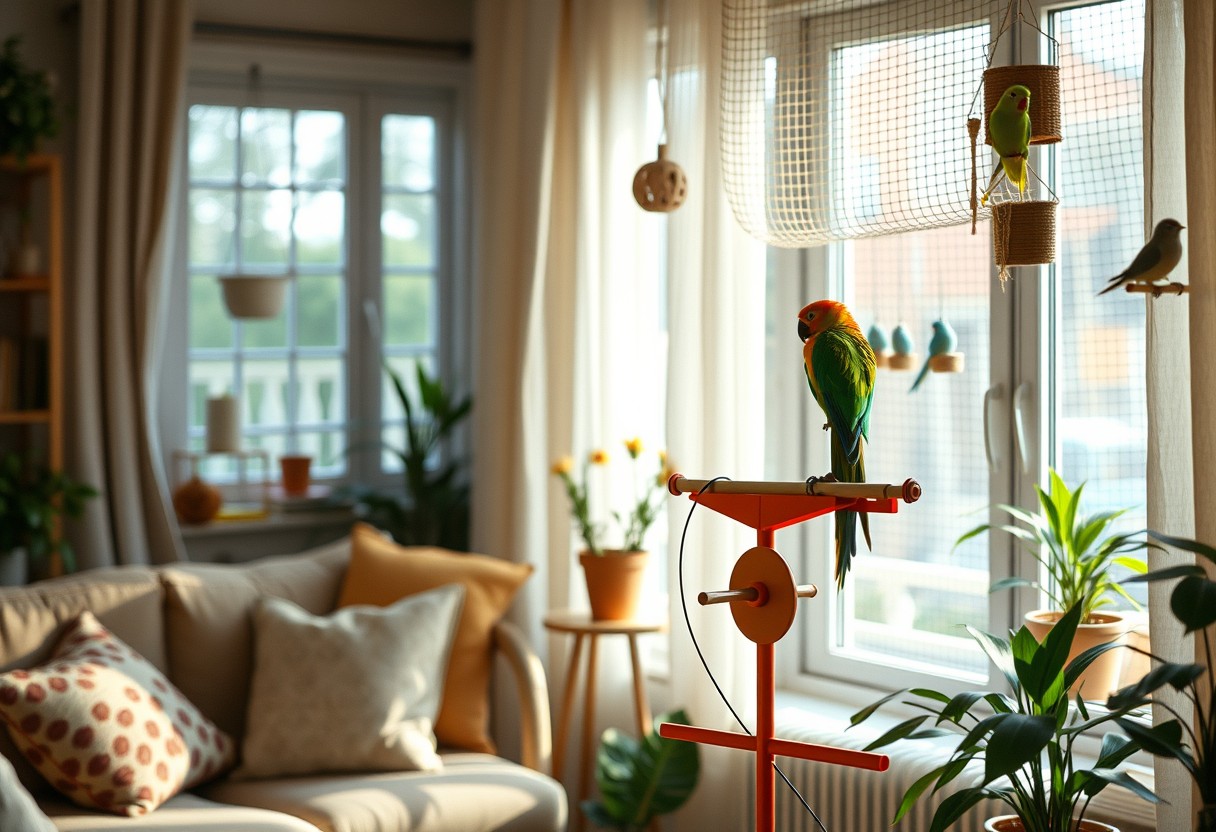
Assessing Your Home for Vulnerabilities
Clearly, assessing your home for vulnerabilities is the first step in effectively bird-proofing your living space. Birds can easily become pests, causing damage to your property or even creating health hazards if they nest in your home. By identifying potential entry points and analyzing surrounding environmental factors, you can implement effective strategies to keep birds away from your residence.
Identifying Entry Points
Identifying the areas where birds may find their way into your home is crucial. Start with your roof, looking for any gaps, holes, or openings that could serve as entry points. Pay close attention to areas around chimneys, vents, and eaves as birds can easily enter through these small spaces. Inspect your windows and doors, ensuring that they close tightly and check for any damaged screens that may allow birds to get through.
You should also examine your garden for possible access locations. Tall trees that are close to your home can serve as natural launch pads for birds attempting to penetrate your space. Likewise, overhanging branches should be trimmed back to minimize the potential for birds to reach your roofs and ledges. By eliminating these entry points, you can significantly reduce the chances of birds setting up residence in or around your home.
Analyzing Surrounding Environment Factors
To effectively bird-proof your home, you need to analyze the surrounding environment factors that can attract birds. Consider elements like open spaces, food sources, and water features in your vicinity. If your property is near a park, lake, or agricultural areas, birds will be more likely to frequent your space, seeking out food and shelter. Additionally, if you have bird feeders or gardens with berries, you may inadvertently be luring them closer.
Analyzing these factors can reveal the steps you might need to take to keep your home bird-free. Some effective methods include
- Removing food sources like pet food or uncovered trash.
- Covering wells or water features that may attract birds.
- Trimming trees or shrubs that provide perches for birds.
- Closing any entry points around your property that birds could exploit.
The more proactive you are in assessing and tackling these environment factors, the better protected your home will be from unwelcome avian visitors.
Effective Bird-Proofing Techniques
Once again, taking the initiative to bird-proof your home can significantly reduce the risk of unwanted avian visits. Implementing effective techniques will not only protect your property but also help to maintain a peaceful environment for both you and your family. Below, we explore various strategies that you can use to ensure your home remains bird-free and safe.
Physical Barriers to Keep Birds Out
BirdProofing your home begins with the installation of physical barriers designed to keep birds from entering your living space. This can include installing mesh netting over vents, or covering chimneys with screens to prevent access. Additionally, consider placing spikes on ledges and window sills, as these can effectively deter birds from perching and nesting in these areas.
Another effective strategy is to seal any gaps, cracks, or openings around your home that birds might exploit. By ensuring that all potential entry points are secured, you significantly reduce the likelihood of birds finding a way inside your house. Always pay close attention to eaves, gables, and the tops of windows, where many birds seek refuge.
Using Deterrents and Repellents
Clearly, using deterrents and repellents is a proactive approach to bird-proofing your home. Many products on the market, such as reflective tape, scare balloons, and bird gels, can discourage birds from frequenting your property. These items play on a bird’s instinctual fear of predators or uncomfortable surfaces, thereby encouraging them to seek alternate locations.
Moreover, sound deterrents such as ultrasonic devices can be effective in keeping birds at bay without causing disturbances to your living space. These devices emit high-frequency sounds that are unpleasant to birds but inaudible to humans. By combining various deterrent methods, you can create an environment that dissuades birds from making your home their own.
With a range of options available, it’s advisable to experiment with different deterrents to find out which ones work best for the specific bird species in your area. Always remember to remain consistent with the usage of these products for maximum efficiency.
Maintaining Your Bird-Proofing Measures
Little do most homeowners know, the best bird-proofing measures require ongoing maintenance to keep them effective. Regularly inspect your physical barriers for any signs of wear and tear, ensuring that all screens, spikes, and gaps remain intact. If you notice any damage or deterioration, prompt repairs will prevent birds from returning. Additionally, be vigilant about reapplying repellents and positioning deterrents to ensure their effectiveness over time.
This proactive maintenance not only augments your initial efforts but also helps to adapt your strategies as bird activity changes in your area. Seasonal shifts and new bird species can affect the effectiveness of your chosen measures. Therefore, routinely assessing and maintaining your bird-proofing techniques will ultimately lead to a safer and more peaceful living environment.
Tips for Ongoing Prevention and Monitoring
Despite your best efforts to bird-proof your home, it is crucial to implement continuous strategies for prevention and monitoring. Keeping birds away from your property can be a long-term commitment, but it is crucial to ensure that they do not pose a risk to your home or the birds themselves. Here are some ongoing prevention tips to consider:
- Regularly check and maintain your bird-proofing installations.
- Monitor bird behavior in your yard or property. Observe any patterns or frequent visits.
- Keep food sources, such as pet food and open trash, secured.
- Clean gutters and drainage areas to remove nesting materials.
- Consult with professionals for regular audits of bird-proofing measures.
Recognizing the signs of potential bird intrusion early can save you a lot of trouble in the long run. Invest time in observing and maintaining your home as a bird-safe environment to enhance the effectiveness of your efforts.
Regular Inspection Routines
Tips for regular inspection routines can greatly enhance the effectiveness of your bird-proofing measures. You should schedule periodic checks throughout the year to assess the condition of your home’s barriers, such as netting, spikes, or other installations. By keeping an eye on these installations, you can ensure that they are still intact and functioning properly. Especially after severe weather events, it’s important to inspect these areas as they can be prone to damage.
In addition to physical inspections, actively monitoring the surroundings is equally important. Look for signs of nesting or perching nearby, which can indicate an inviting environment for birds. If you notice increased bird activity or new nests, consider adjusting your strategies and addressing any food sources that may attract them.
Engaging the Community in Bird Safety
With a shared effort, you can make a noticeable difference in the safety of both your home and local bird populations. Engage your neighbors in discussions about bird-proofing strategies and distribute educational materials that emphasize the importance of protecting your property while respecting wildlife. Hosting community events can also raise awareness of bird-related issues, fostering a culture of vigilance and care in your locality.
A united community effort can significantly amplify your efforts in ensuring bird safety. By educating your neighbors about the dangers birds can face, like flying into windows or becoming trapped in unwanted areas, you can foster a proactive approach. Consider joining or forming a local wildlife group that specializes in bird safety; sharing tips, resources, and experiences can enhance your strategies further. Be mindful of, the more people are aware, the less likely birds will be harmed or attracted to unsafe surroundings.
Recognizing your role in this community effort, alongside your own home monitoring, can create a safer environment for both birds and residents alike.
Final Words
As a reminder, taking steps to bird-proof your home is important not only for the well-being of your feathered friends but also for the safety and comfort of your living space. By implementing the safety tips outlined, such as using window screens, incorporating bird-safe materials, and optimizing your outdoor environment, you can minimize the chances of your home becoming a hazard for birds. These proactive measures ensure that you maintain a harmonious coexistence with wildlife while protecting your property from potential bird-related issues.
Ultimately, making your home bird-proof is a rewarding endeavor that showcases your commitment to environmental stewardship. You have the power to create a safer space for both birds and yourself by staying informed and taking simple but effective actions. As you work on bird-proofing your home, remember that these efforts contribute not only to immediate safety but also to the well-being of local ecosystems, allowing you to enjoy the beauty of birds without compromising your home’s safety.
FAQ
Q: What are the most effective methods to bird-proof my windows?
A: To effectively bird-proof your windows, consider using window screens, translucent window films, or decals that create a visual barrier. Applying these methods can reduce the chances of birds flying into the glass. Additionally, using a UV-reflective film can help make the glass more visible to birds. Ensure that window screens are well-fitted and free from holes, allowing fresh air while preventing bird entry. Installing awnings or overhangs can also provide shelter and reduce the likelihood of birds flying directly into the glass.
Q: How can I prevent birds from nesting on my property?
A: To deter birds from nesting, regularly inspect areas like eaves, balconies, and roof ledges where birds are prone to build nests. Install bird spikes, nets, or sloped surfaces to make it difficult for them to settle. Keeping your property clean and free of food sources like open garbage or spills can reduce their attraction to your home. Additionally, consider using decoys or auditory deterrents that mimic predator sounds to keep birds away. Remember to check local wildlife regulations, as some birds may be protected and require you to use humane methods.
Q: Are there any plants or landscaping tips that can help keep birds away?
A: Yes, certain landscaping practices can help deter birds. Avoid planting fruit-bearing trees or berry bushes close to your home as they may attract birds. Instead, opt for shrubs and plants that are less appealing to birds, such as those with dense thorns or foliage. In addition, installing physical barriers like trellises or netting can protect specific garden areas. If you’re interested in keeping birds away for aesthetic reasons, consider using pest-repelling plants like marigolds, lavender, or mint, which are said to be less attractive to certain bird species due to their strong fragrances.
